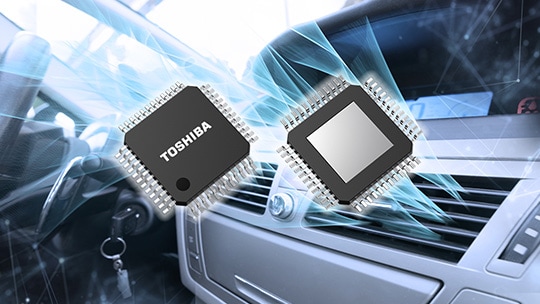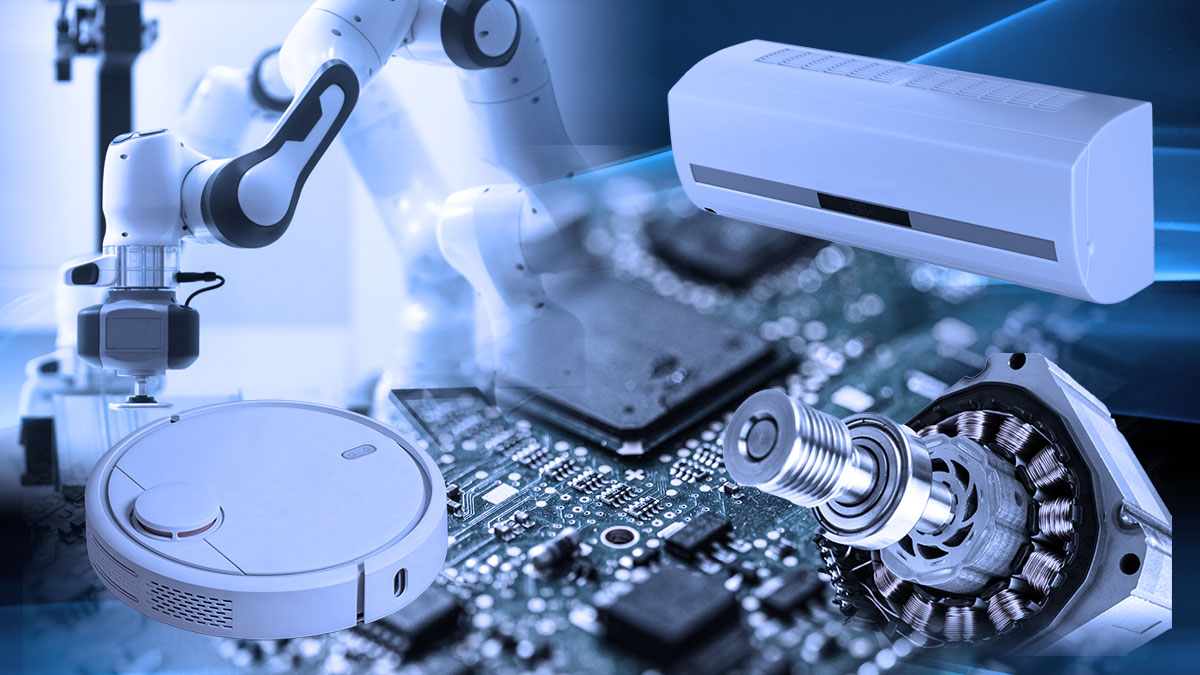- 半導體首頁
-
應用Automotive
Body Electronics
xEV
In-Vehicle Infotainment
Advanced Driver-Assistance Systems (ADAS)
Chassis
IndustrialInfrastructure
BEMS/HEMS
Factory Automation
Commercial Equipment
Consumer/PersonalIoT Equipment
Healthcare
Wearable Device
Mobile
Computer Peripherals
-
產品車用元件
Discrete Semiconductor
Diodes
電晶體
通用邏輯IC
Analog Devices
Digital Devices
Wireless Devices
※
: Products list (parametric search)
功率半導體※
: Products list (parametric search)
隔離器/固態繼電器Photocouplers
Digital Isolators
※
: Products list (parametric search)
MOSFETsIGBTs/IEGTs雙極性電晶體※
: Products list (parametric search)
Diodes※
: Products list (parametric search)
微控制器馬達驅動 ICs智能功率 ICs※
: Products list (parametric search)
電源管理 ICs線性 ICs※
: Products list (parametric search)
通用邏輯 ICs線性影像感測器其他產品其他產品
※
: Products list (parametric search)
-
開發/設計支援
開發 / 設計支援
-
技術知識
- 購買管道
- 型號 & 關鍵字搜尋
- 交叉搜尋
- 參數搜尋
- 線上庫存查詢跟購買
This webpage doesn't work with Internet Explorer. Please use the latest version of Google Chrome, Microsoft Edge, Mozilla Firefox or Safari.
型號需要超過三個文字以上 Search for multiple part numbers fromhere.
The information presented in this cross reference is based on TOSHIBA's selection criteria and should be treated as a suggestion only. Please carefully review the latest versions of all relevant information on the TOSHIBA products, including without limitation data sheets and validate all operating parameters of the TOSHIBA products to ensure that the suggested TOSHIBA products are truly compatible with your design and application.Please note that this cross reference is based on TOSHIBA's estimate of compatibility with other manufacturers' products, based on other manufacturers' published data, at the time the data was collected.TOSHIBA is not responsible for any incorrect or incomplete information. Information is subject to change at any time without notice.
型號需要超過三個文字以上
How will it affect the device when static electricity is applied to the logic pins? And how to deal with the issue?
When static electricity is applied to the motor driver’s control pins, the input circuits may be damaged or destroyed.

Generally, the oxide film used in input pins for motor drivers is very thin (few nano meter level), therefore when a static electricity of few hundred to few thousand volts is applied, the device will be damaged or destroyed.
Our devices have integrated surge protection circuits/elements for each input pins, but it does not guarantee that the device will not be damaged under any circumstances. Please avoid static electricity to be applied to the device directly.
When handling semiconductor products, be sure that the environment is protected against static electricity. Operators should wear anti-static clothing, anti-static shoes, and a wrist strap. In addition, containers and other objects that come in direct contact with semiconductor products should be made of materials that do not produce static electricity that would cause damage.
Control anti-static equipment at all times to ensure that it works correctly. Take utmost care when handling semiconductor devices with ESD warning labels.
For general static electricity countermeasures, please refer to the page below.
Related Links
The following documents also contain related information.



